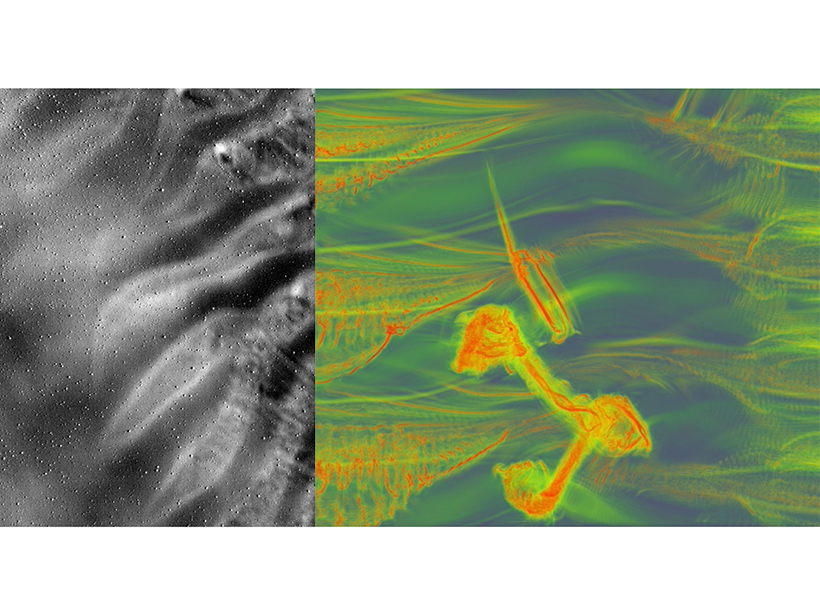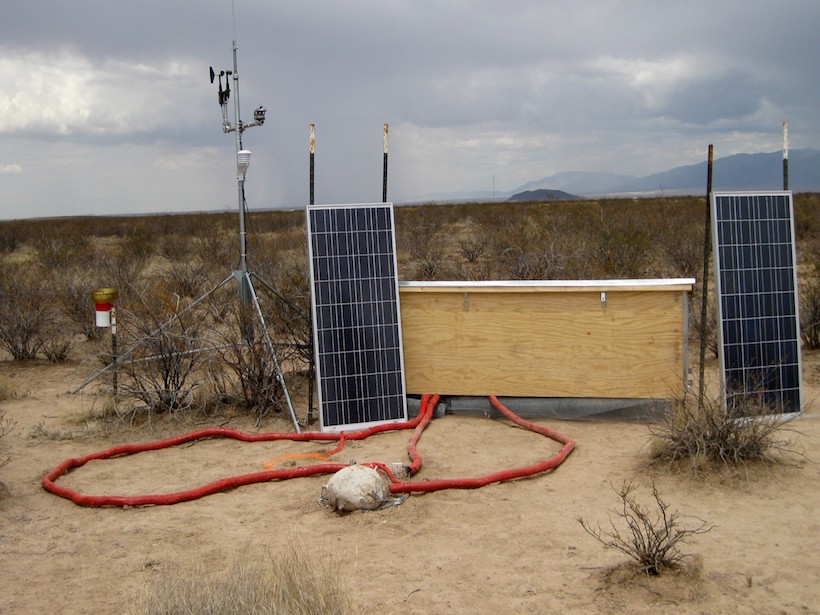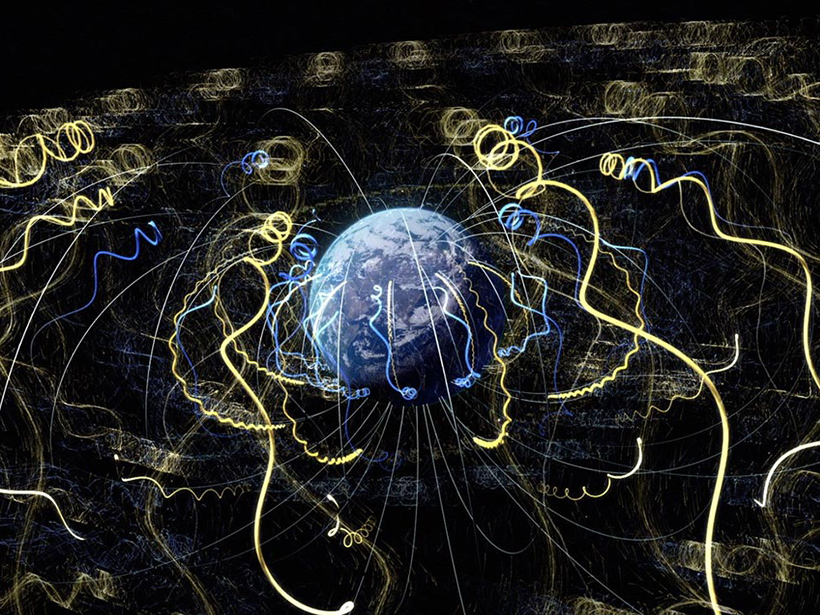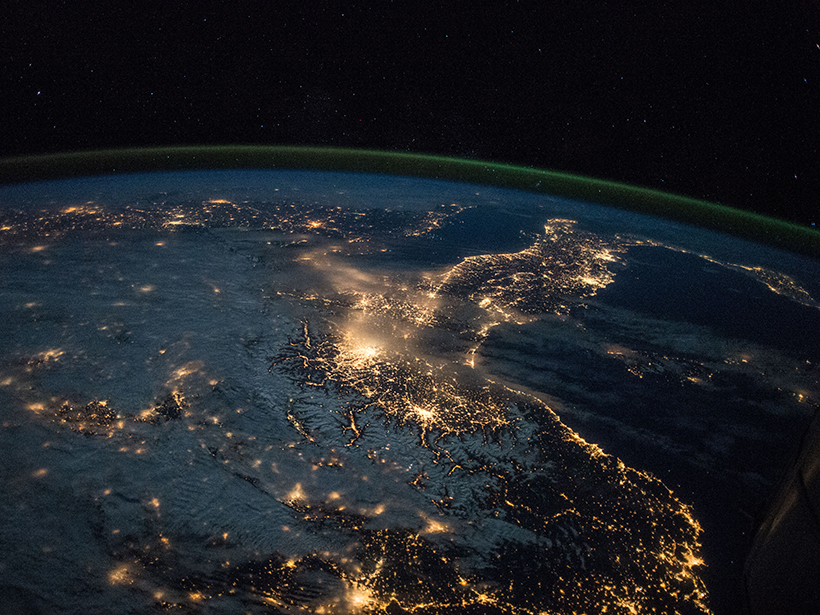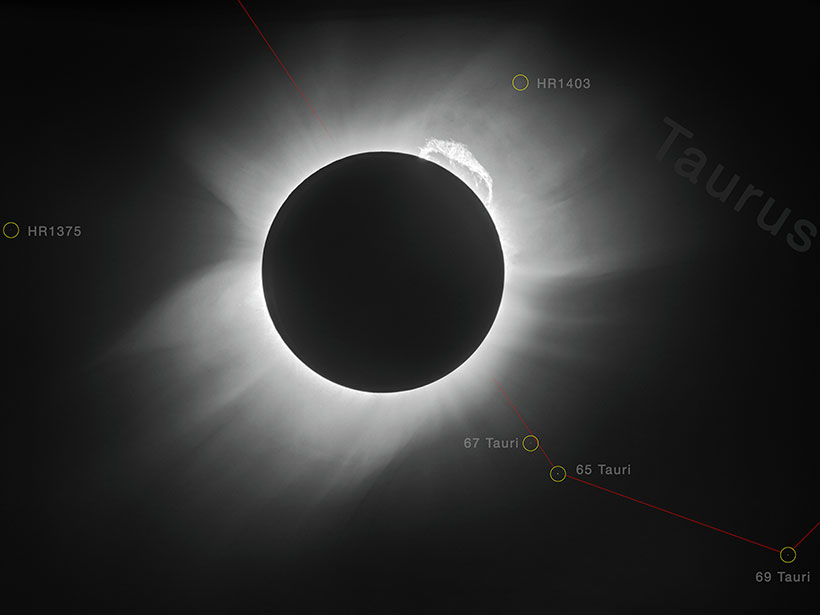New high-resolution imaging and modeling reveal the first evidence of enhanced turbulence due to gravity wave modulation of Kelvin-Helmholtz instabilities.
Research Spotlights
Research spotlights are plain-language summaries of recent articles published in AGU’s suite of 24 journals.
Warmer Climates Speed Breakdown of Rocks
Researchers listened to boulders for thousands of hours to investigate how they weathered.
First Detection of a Built-In Wobble on Another Planet
Spacecraft find that Mars oscillates 10 centimeters off its axis of rotation.
Tracking How Plastic Moves in the Coastal Ocean
Researchers used a wave tank to study the movement of plastic particles experimentally and to understand the role of particle density in drift behavior.
El Zooplancton Gelatinoso Transfiere Una Cantidad Significativa de Carbono a las Profundidades del Océano
Un nuevo estudio muestra que las medusas y las salpas marinas no reciben el crédito que merecen por su papel en el ciclo del carbono en el océano.
A New Approach to Characterizing Space Plasmas
When plasma particle velocity distributions have multiple, distinct parts, treating each as a separate beam may yield more intuitive results.
Certain Rock Formations Can Lead to In-Home Radon Risks
Researchers in Kentucky have merged results from home test kits with the state’s geologic map to produce a map of indoor radon potential based on the geology underlying homes in the state.
Drivers of Upper Atmosphere Climate Change
New research confirms the influence of carbon dioxide on long-term temperature trends in the upper atmosphere, but changes in Earth’s magnetic field also play a key role.
Chemical-Shuttling Bacteria Follow Earth’s Magnetic Field
Magnetotactic bacteria shunt sulfur, nitrogen, and other important elements between oxygen-poor and oxygen-rich waters.
A Better Understanding of How the Sun Bends Light
Incorporating the refractive index of the Sun into models of gravitational lensing effects improves agreement with measurements of the phenomenon.

